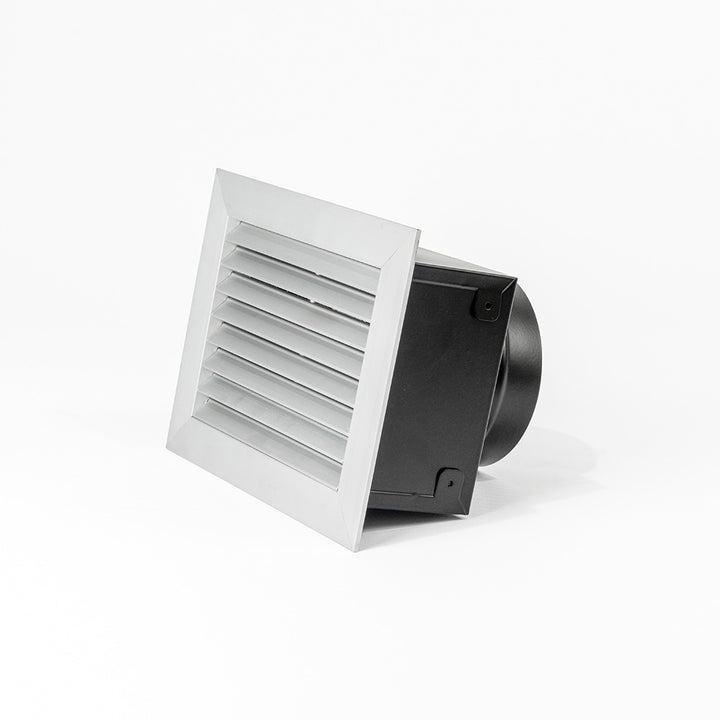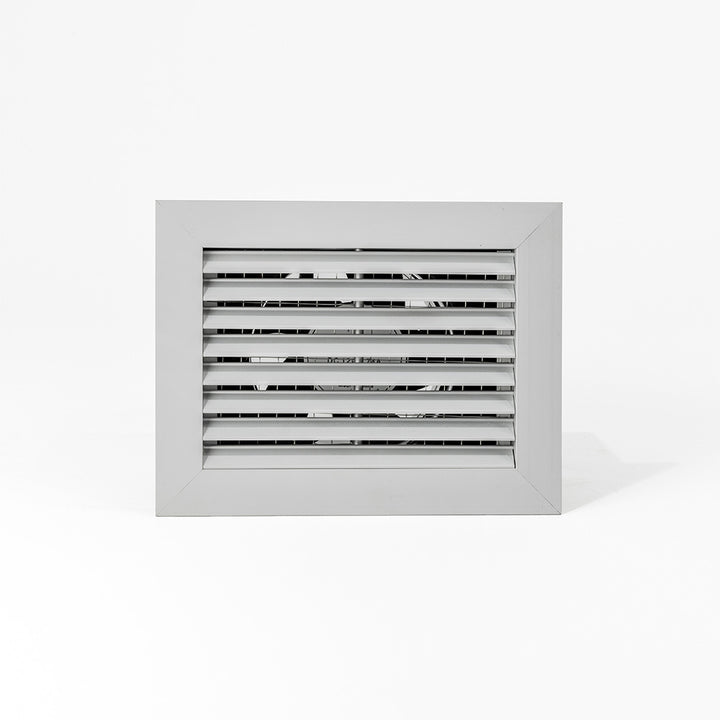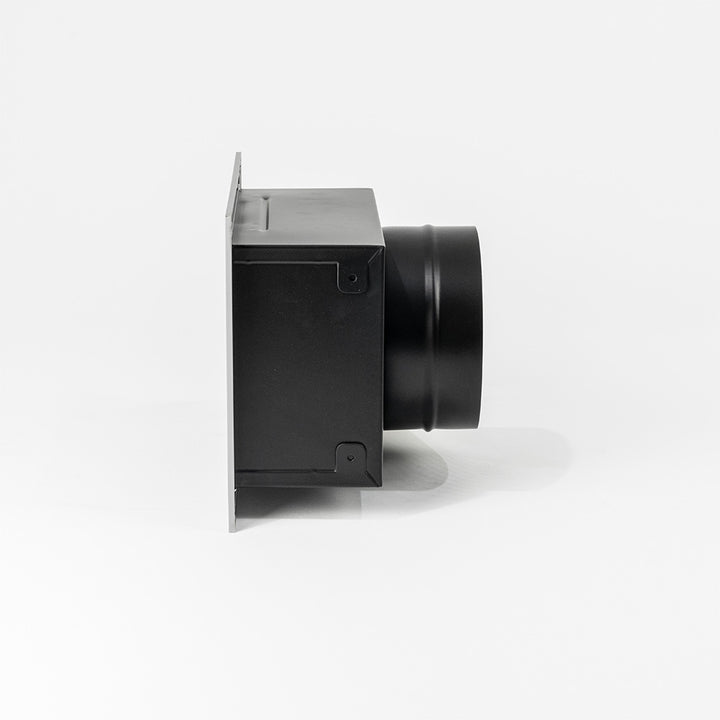Indoor air quality gets more airtime
It’s no new news that ventilation is a critical component of home design for a comfortable, healthy and more sustainable living space. However due to the pandemic, the importance of ventilation for improved indoor air quality (IAQ) is getting more airtime than usual lately. So let’s take a look…
Why is indoor air quality (IAQ) such an important aspect of home design?
With Australians spending about 90% of their time indoors it makes sense that the indoor air we breathe is a vital component of a healthy home.
IAQ relates to three main components – temperature, humidity and concentration of pollutants. An obvious sign of poor air quality is a feeling of stuffiness or an unpleasant odour, but often harmful pollutants come from places you don’t expect such as wall paints, furniture or your gas cooktop.
The health implications of poor IAQ are wide ranging. According to the Department of Agriculture, Water and the Environment, these include sensory and skin irritation, hypersensitivity, odour/taste symptoms and neurotoxic symptoms (which means limb weakness, memory/vision loss, headache, cognitive or behavioural problems and… gulp, even sexual dysfunction).
By improving IAQ you can help to reduce asthma and allergy symptoms, mould growth, unpleasant odours and according to the World Health Organisation the spread of viruses – including COVID-19 – in a household.

According to the World Health Organisation by improving air quality you can help to reduce the spread of viruses – including COVID-19.
So how does ventilation improve indoor air quality?
Quite simply ventilation helps bring fresh outdoor air inside, removing stale air in the process and diluting contaminants.
There are however several different types of ventilation that you can use depending on the space and how it is used – for example exhaust fans in kitchens and bathrooms, subfloor (underground) ventilation to prevent structural damage or whole house heat-recovery systems to create a pretty impressive and hygienic microclimate.
Not only does adequate ventilation make for a healthier, more comfortable home, but it has sustainability benefits too. Smart ventilation reduces the need for air freshening aerosols and mould cleaning products. And, in the case of a heat recovery system, it is a key component to build a Passive House, known for its ability to consume 90% less energy than a conventional house.
So whether you are building or renovating, it is important for ventilation to be considered for a healthier, more comfortable and sustainable home.















